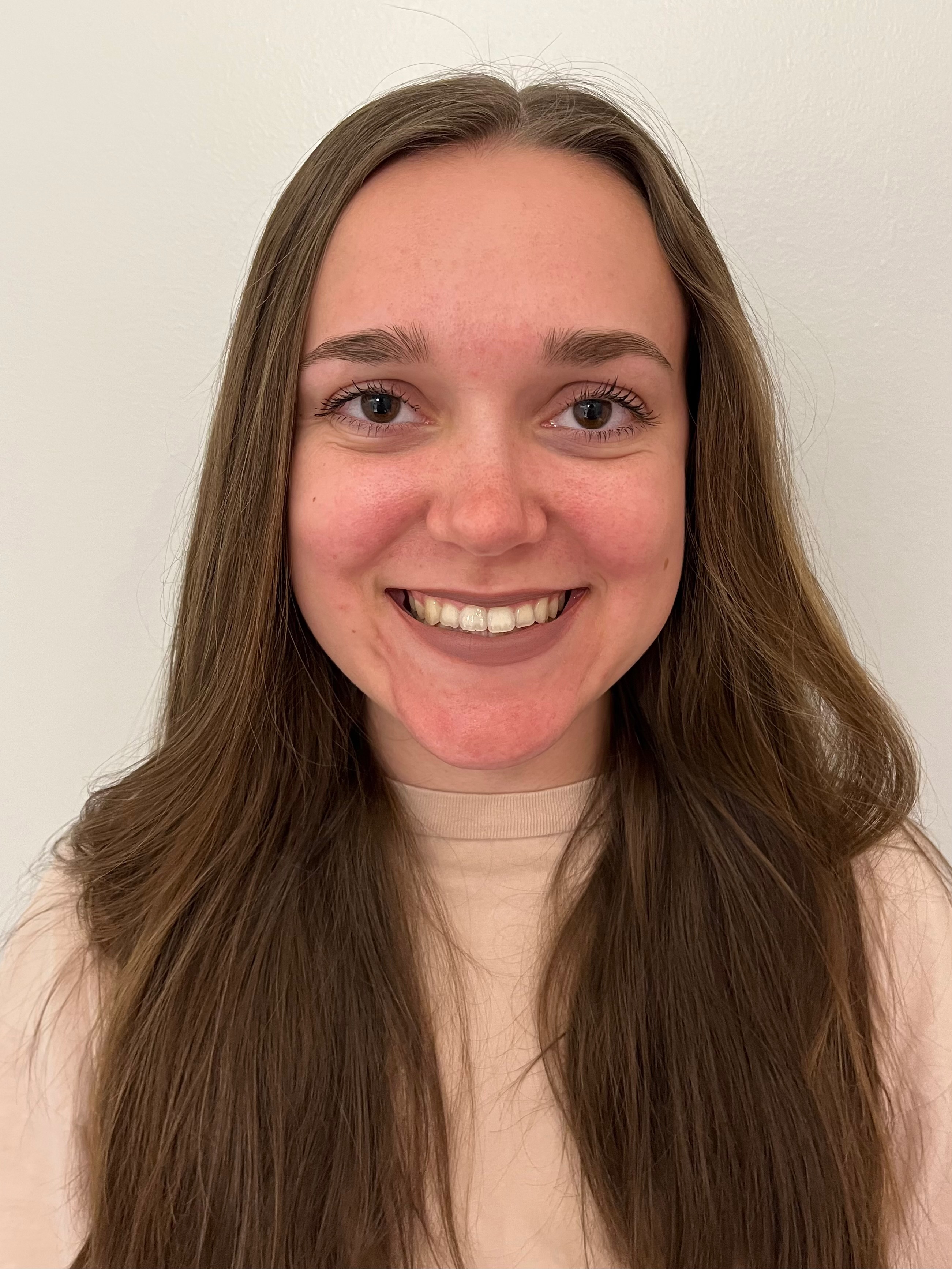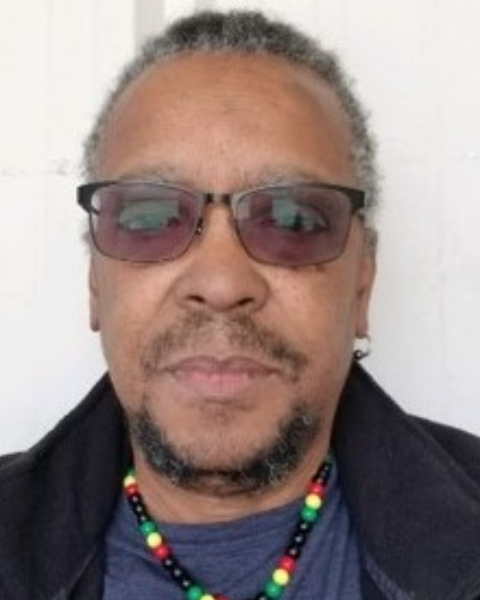LGBTQ+
I was contributing to something bigger: Transgender and Gender Diverse Perspectives on Participating in a Clinical Trial Utilizing an Affirming CBT Protocol
(PS8-29) I Was Contributing to Something Bigger: Transgender and Gender Diverse Perspectives on Participating in a Clinical Trial Utilizing an Affirming CBT Protocol

Sarah Ashworth, M.A.
Graduate Student
University of Nebraska-Lincoln
Lincoln, Nebraska, United States- BL
Brenna R. Lash, M.A.
Doctoral Candidate
University of Nebraska-Lincoln
Lincoln, Nebraska, United States .jpg)
Sage A. Volk, M.A.
Doctoral Student
University of Nebraska-Lincoln
Lincoln, Nebraska, United States
Hannah M. Coffey, M.A.
Graduate Student
University of Nebraska-Lincoln
Lincoln, Nebraska, United States- WJ
William Jackson, B.A.
Postbac Research Assistant
University of Nebraska-Lincoln
Lincoln, Nebraska, United States 
Nathan A. Woodruff, None
Community Board Leader
TransCollaborations
Lincoln, Nebraska, United States.jpg)
Debra A. Hope, Ph.D.
Aaron Douglas Professor
University of Nebraska-Lincoln
Lincoln, Nebraska, United States
Author(s)
Co-Author(s)
Transgender and gender diverse (TGD) communities experience systemic marginalization that contributes to elevated rates of negative mental health outcomes including depression, anxiety, and stress, particularly among those without access to affirming healthcare services. Despite the prevalence of these disparities, TGD individuals continue to remain underrepresented in psychological intervention research. The present study examines the experiences of participants engaged in a clinical trial using a standard CBT protocol adapted to be affirming using the Adaptations of Care (Hope et al., 2022).
Presently, 25 TGD adults (19-68 years, M = 27.38) have been enrolled in the ongoing clinical trial. P</span>articipants are randomly assigned (2:1 ratio) to immediate (n = 18) or delayed treatment (n = 7). The treatment consists of 12 weekly 1-hour individual therapy sessions of the adapted CBT based on Norton’s transdiagnostic protocol for emotional disorders. Participants assigned to the delayed treatment condition wait 12 weeks before beginning treatment, during which they engage in biweekly phone call check-ins. Approximately monthly, participants complete self-report measures of anxiety, depression, etc. The trial’s current rate of survey completion is 99%, suggesting that participants are largely able and willing to complete these measures. Participants also complete a semi-structured interview about their experiences with both the therapy and the research components (reported here) at the mid-treatment, post-treatment and 3-month follow-up. Given a current attrition rate of 4%, 21 participants have completed treatment, 17 of whom have surpassed 3 months post-treatment. Data reported here are from interviews at all of these assessment points for those who completed treatment immediately or after the delay. Data were collapsed across assessment points due to similar themes emerging. Across participants, four themes emerged in regard to participating in a clinical trial: 1) feelings of fulfillment in contributing to research that will improve psychotherapy services for their community, 2) a general sense that their engagement in the research did not interfere with their involvement in the psychotherapy, 3) logistical barriers to utilizing the financial compensation that was offered in return for their participation, and 4) mixed emotional reactions to the quantitative measures that they were asked to complete, with some participants benefitting from the opportunity to reflect on and monitor their progress throughout treatment, while others described survey items as repetitive, confusing, distressing, and/or irrelevant to their experience. Overall, participants are engaging fully in the research aspects of the clinical trial and generally feel their contribution will positively impact TGD mental health care services. However, it also appears that some logistics of a clinical trial presented challenges for participants. The poster will include recommendations for managing these issues in clinical trials with TGD participants that may also generalize to other marginalized communities.

.png)
